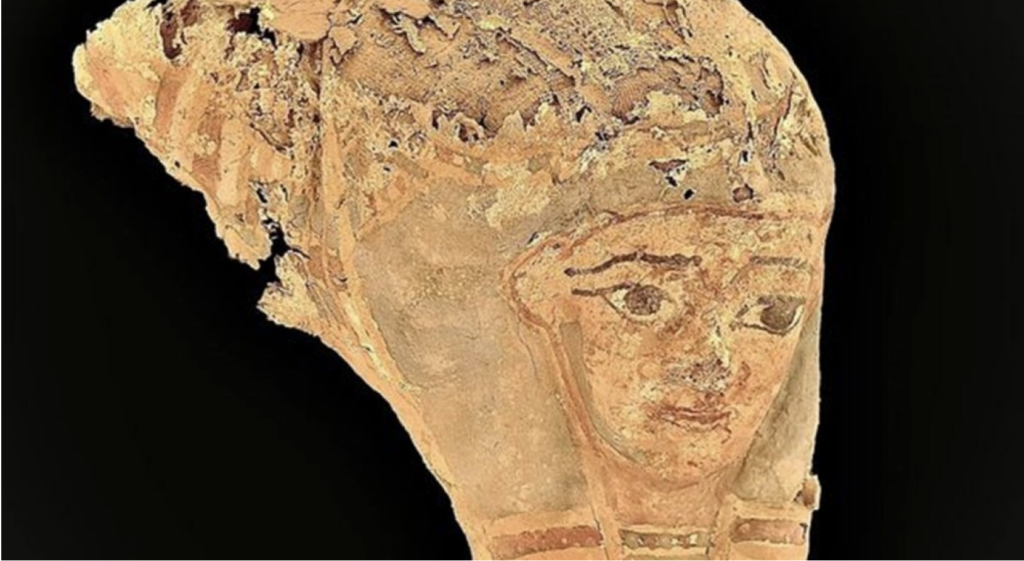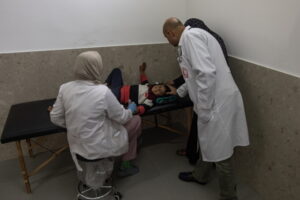A significant discovery was made by archaeologists from Italy and Egypt, who found 33 family tombs containing mummies in the area of the Aga Khan Mausoleum, west of Aswan.
According to the Egyptian Ministry of Tourism and Antiquities, the tombs date back to the late Greek and Roman periods.
The preliminary studies on the discovered mummies revealed new information about certain diseases that were widespread at that time.
The cemetery was used from the sixth century BC to the third century AD.
Mısır'da mumyalanmış aileleri barındıran 300'den fazla mezarın bulunduğu gizli 'Ölüler Şehri' keşfedildi.
— Onedio (@onediocom) June 28, 2024
Mezarda bulunan mumyaların yanında değerli eşyaları da bulundu. pic.twitter.com/jSMRkx21SF
Regarding the architectural layout of the discovered tombs, archaeologists report that some have a vaulted entrance preceded by an open courtyard surrounded by mudbrick walls, while others are carved directly into the rock of the mountain.
Dr. Abdel Moneim Saeed, General Supervisor of Aswan and Nubia Antiquities and Director of the Archaeological Mission from the Egyptian side, stated that among the items revealed inside the tombs were a series of mummies, including those of a woman and a child who may have died at the age of one or two years. They also found some shapes made of burnt clay, stones, wooden coffins, and sacrificial tables.

He noted that, through these findings, it is speculated that the middle class of Aswan’s inhabitants was buried in this part of the cemetery, while the upper part was reserved for the burial of the upper class.
X-ray studies and analyses were conducted using the latest technology on the discovered mummies to understand what these people were like in terms of facial features, gender, age at death, and whether death was due to disease or not.
Ask me anything
Explore related questions





